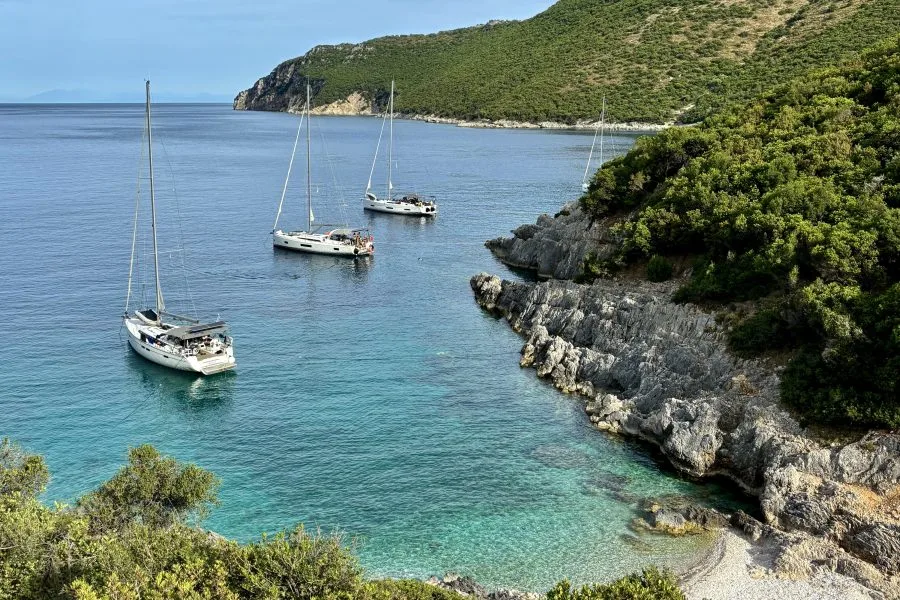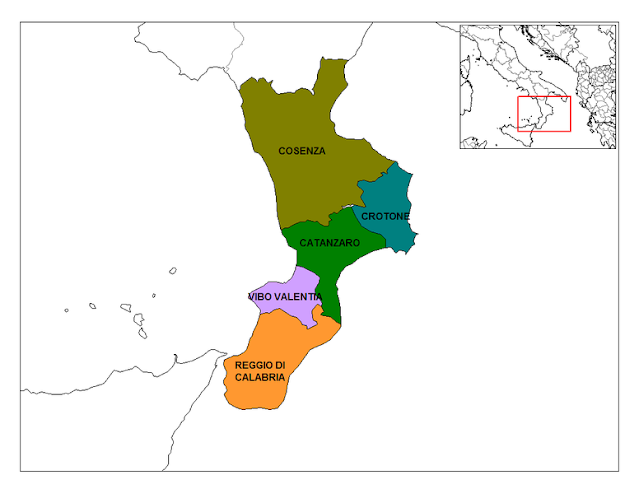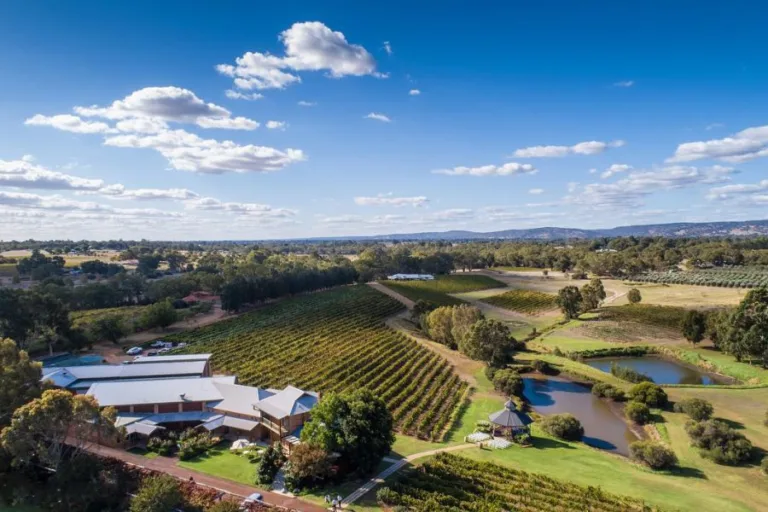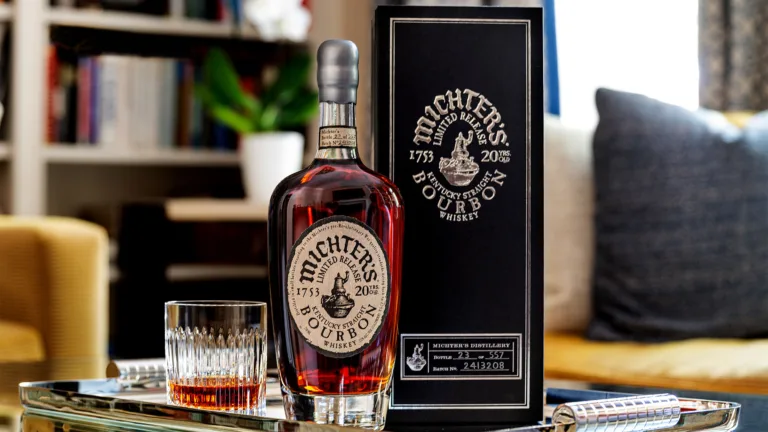Off the coast of Ithaca in the Ionian Sea. The Real Review
During my recent sailing holiday in the Ionian Sea, off the coast of western Greece, on a yacht crewed by The Real Review team members, many bottles of Greek wine were investigated.
Excess oak is not just a problem for Greek wine, of course: it astounds that while the mantra of winegrowers worldwide is “terroir, terroir!” they smudge the individuality of their fruit with oak.
My impressions were similar to those noted after a previous trip in 2018: the white wines were very competently made, clean and fresh and fruit-forward but often just a little one-dimensional, although good value for money. They could be relied on to refresh after a long, hot, dry day of sailing (sailing is the easy bit, mooring is the hard bit that comes at the end of each day!).
Wines made from malagousia, or including malagousia in the blend, were good but the muscat-scented aroma of this grape tends to dominate and can pall quickly. Assyrtiko provided most of the high points, especially those wines produced on Santorini, the Sigalas style particularly engaging.
The reds, on the other hand, were just a little disappointing: they had abundant flavour but were often over-wooded and sometimes clumsy. Their lack of finesse and balance was thrown into sharp relief when a bottle of Bordeaux, La Dame de Montrose 2010 (the second wine of Château Montrose, St Estèphe) was opened. This was a study of elegance, lovely
This Article was originally published on The Real Review






